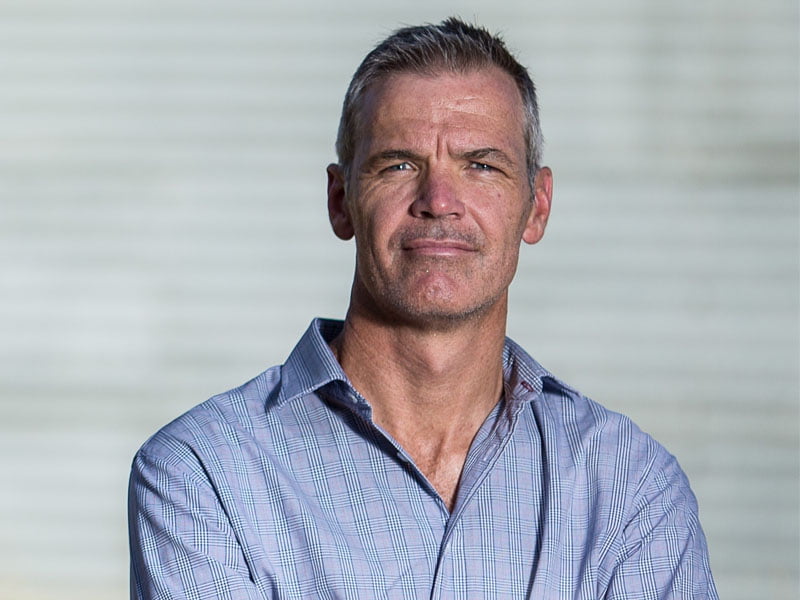Barnaby Joyce was “as passionate a minister as I’ve ever seen” according to National Farmers Federation chief executive Tony Mahar. When he was also deputy Prime Minister, farmers’ issues were high on the government agenda.
Now Mr Joyce is neither.
While the NFF welcomed his successor as agriculture and water resources minister David Littleproud took the portfolio in December, it had nothing to say this week about Mr Joyce’s decision to move to the backbench or Mr Littleproud’s failure to get the numbers for a tilt at Nationals’ leadership.

It’s policy more than politics that steers the success of the sector.
Formed in 1979 to represent farmers across Australia, the NFF has just over 30 members – not individual farmers, instead State farming bodies and peak commodity councils. As an advocate, it works to shape policy and programs “to make them productive and profitable and contribute to a growing industry,” said Mr Mahar.
Its recent federal budget roadmap outlines the steps required to take agriculture to a $100 billion industry by 2030 – a 67 per cent increase in production value.
Among the recommendations is the creation of a chief digital agriculture officer, to help farmers take advantage of new technologies and a $5 million, three-year program to foster digital literacy in the regions.
According to Mr Mahar, who spoke to The Establishment late last year, technology has a huge role to play in the success of the sector.
“Australia is a high cost producer, so globally we struggle to compete with other countries like Argentina or Brazil or China or India.”
A former Assistant Director of Food and Horticulture Industry Policy at the Australian Department of Agriculture, Fisheries and Forestry, Mr Mahar said farmers needed to navigate Australia’s high cost of labour, energy, transport and the nation’s regulatory and environmental standards.
“That cuts both ways; it allows us to have a really high standing on international markets and people know we have a strict production regime in place. But also contributes to our challenges around being globally competitive.
“What investment in innovation does is allow us to make efficiencies and cost reductions in the supply chain so things like water sensors, soil probes that detect when a plant needs water and delivers the exact amount of water to the exact spot rather than what might have been traditional flood irrigation practices,” he said.
Agricultural robotics, particularly in the dairy industry and broad acre cropping for weed control are already having an important impact economically and environmentally according to Mr Mahar.
“There is always new technology coming out. As soon as there is new technology innovation farmers will adopt it – if it works, if it’s cost efficient and if they can access it.
“Digital coverage has a large impact on whether someone is able to use the technology. If they can’t get connected to the internet and it’s internet driven digital tech they won’t be able to adopt it like someone with good connectivity,” said Mr Mahar.
The NFF’s budget roadmap calls for a continuation of the Mobile Blackspots Program with $180 million additional funding over three years to help with connectivity.
Asked whether there was evidence of a digital divide among Australian farmers which separated those people with good connectivity from those without, Mr Mahar said “the short answer is yes”.
But farmers are used to the grass being greener for some more than others. “You could say that about farms that are in a high rainfall area and farms that are in area where climactic conditions are more variable.
“One’s a natural occurrence and one’s a technological telecoms issue that government influences more than weather patterns – but yes the sooner the industry can have greater connectivity and digital coverage the more chance there is that industry will take up these new techs.
“If all farms in Australia had strong, good, reliable, affordable coverage would that make a difference? The answer is yes,” said Mr Mahar.
Digital connectivity is one of the key elements needed to ensure Australian agriculture reached the $100 billion target by 2030 he said.
According to Mr Mahar it is important for Government to recognise agriculture as a growth industry and continue support for co-operative R&D.
“I think the challenge that we have identified is to make sure that … there is a really good understanding of what is happing in the digital agtech space by the industry and how we communicate what those benefits are.
“Also the data collection and aggregation – once we get relevant and useful data it is how we secure it, how we use it.
“Some of the big machinery companies are collecting masses of data – one blind spot for us is how do we deal with all that data, how do we secure it, how do we make sure we get the most value out of it, how do we make it interoperable so that a red machine can talk to a blue machine, or can be shared from farmer to farmer or sector to sector and what protocols or standards are in place to do that?
“That is something we have identified as potential role for this organisation to help shape that framework,” Mr Mahar said.
“We want to make sure there is competition and there are no restrictions or inequity of access to the data and the farmers.”
Do you know more? Contact James Riley via Email.

